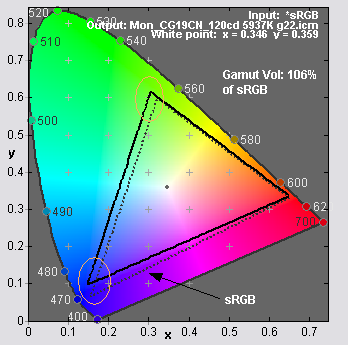HIMNL9
0
- Joined
- May 26, 2009
- Messages
- 5,318
- Points
- 0
Well, consider that also the manufacturers gives a certain range, for laser diodes wavelenghts, especially for high power blue ones ..... as far as i remember, Nichia was giving a range of 15nm (from 440 to 455) for their "445nm" diodes.
And also if a human eye cannot measure single wavelenghts, they have enough discrimination for see the difference from two colors side by side, also for 10nm of difference.
And also if a human eye cannot measure single wavelenghts, they have enough discrimination for see the difference from two colors side by side, also for 10nm of difference.








